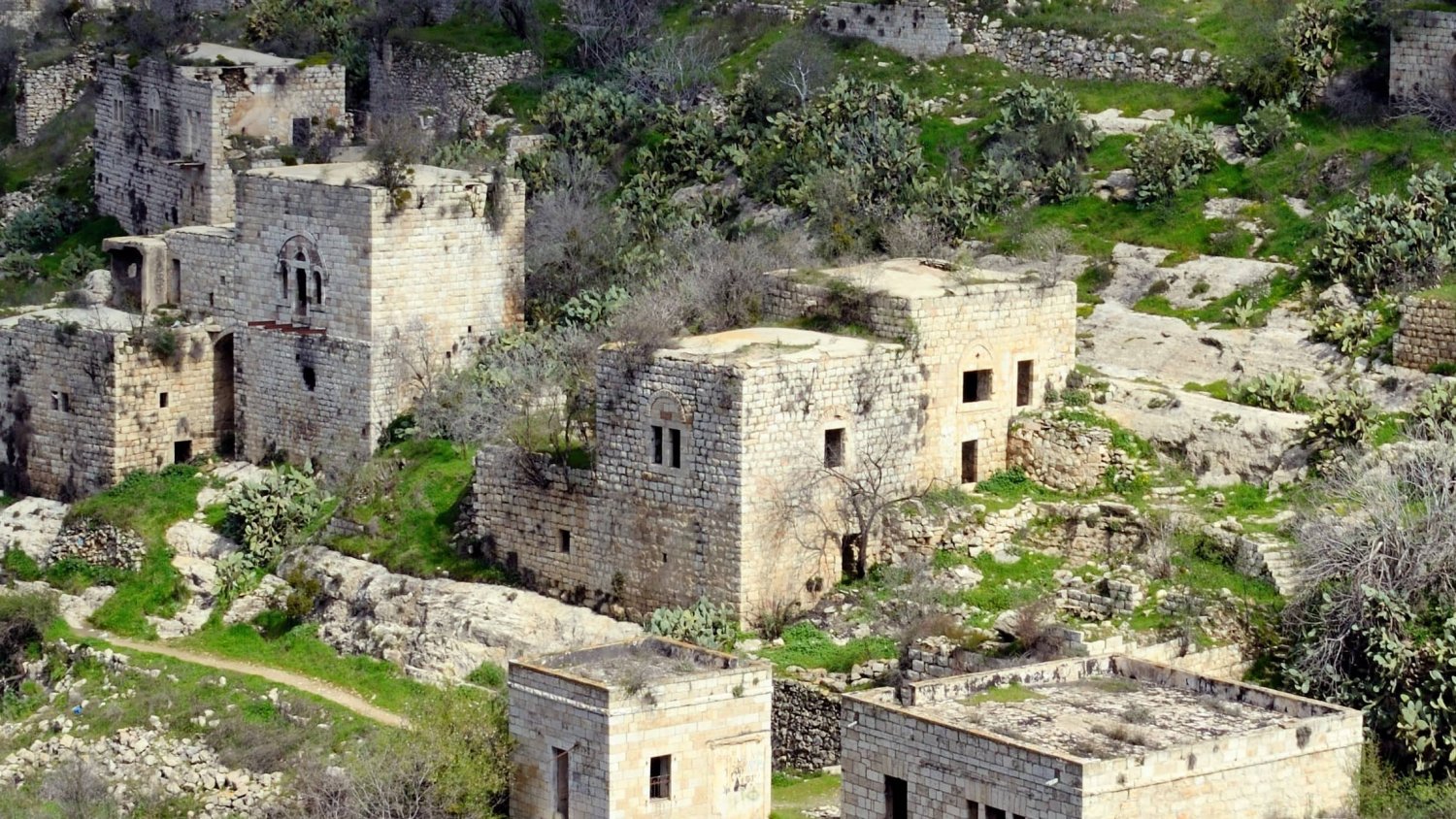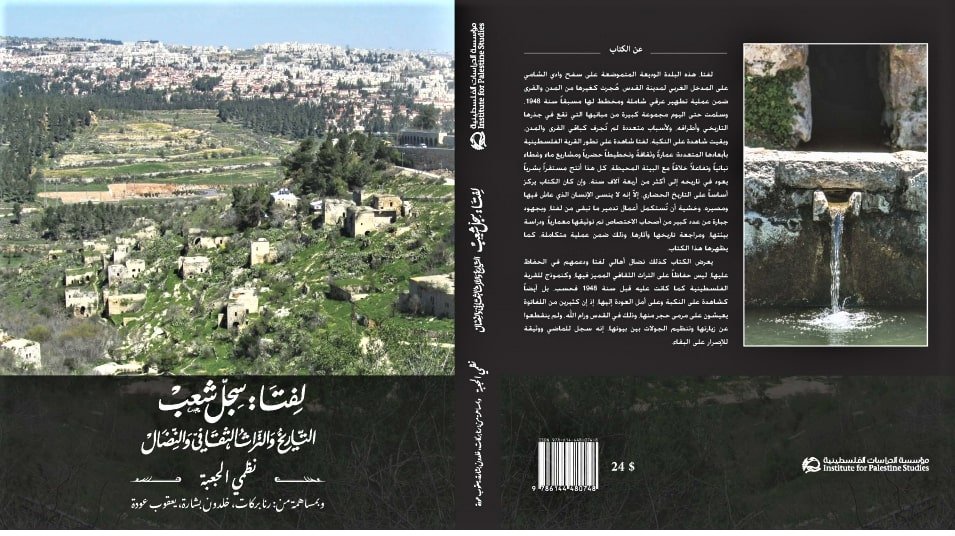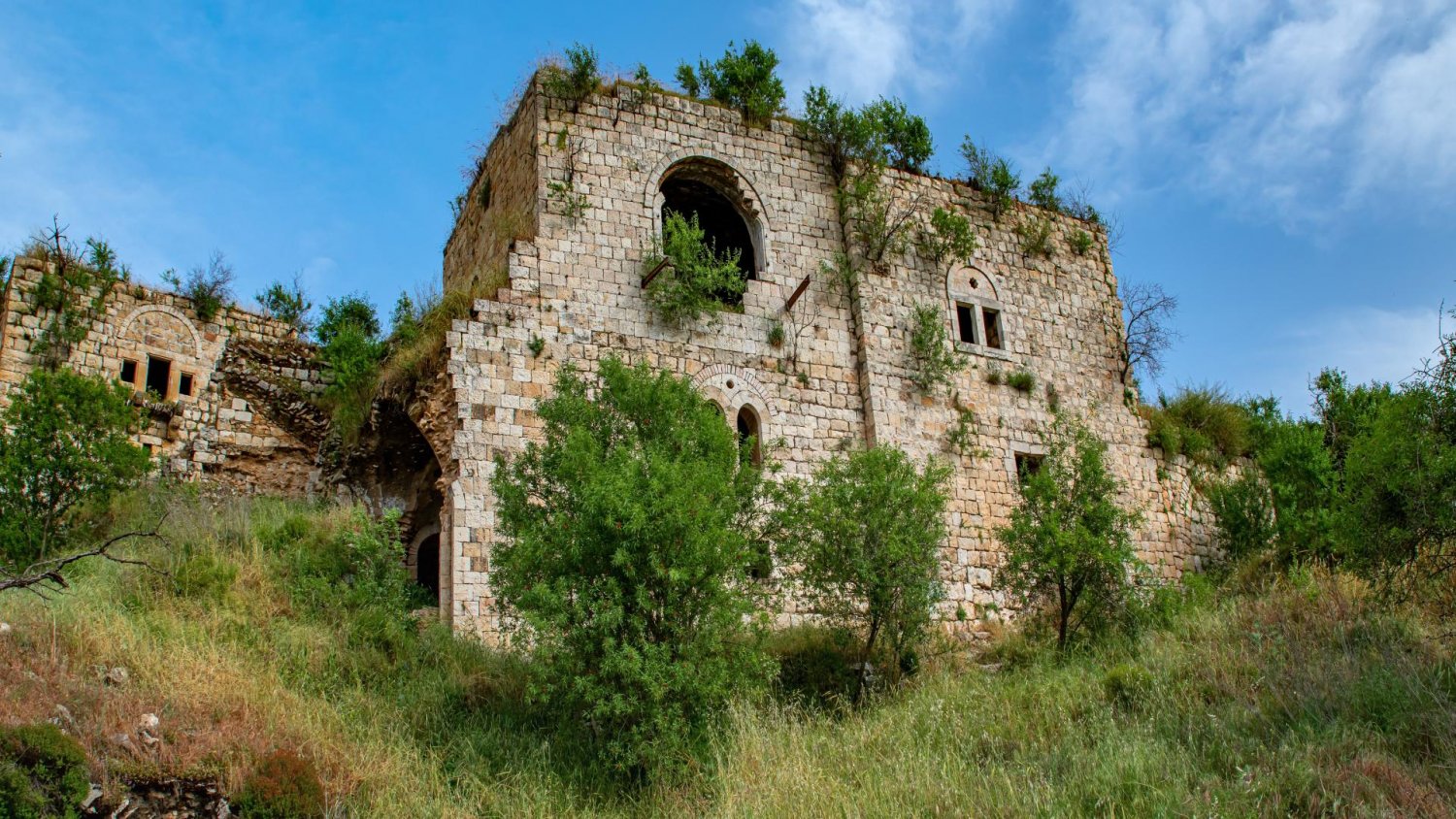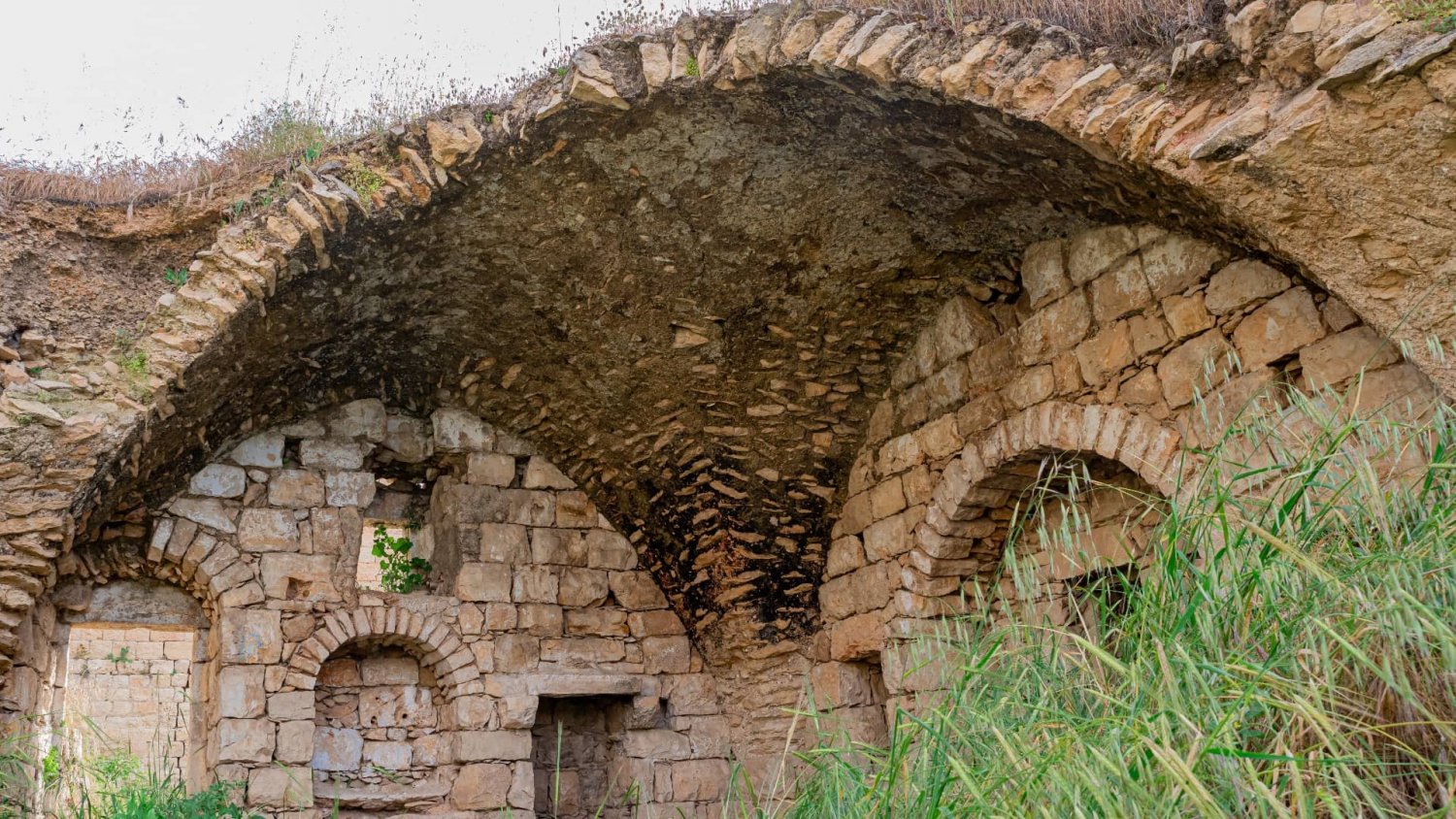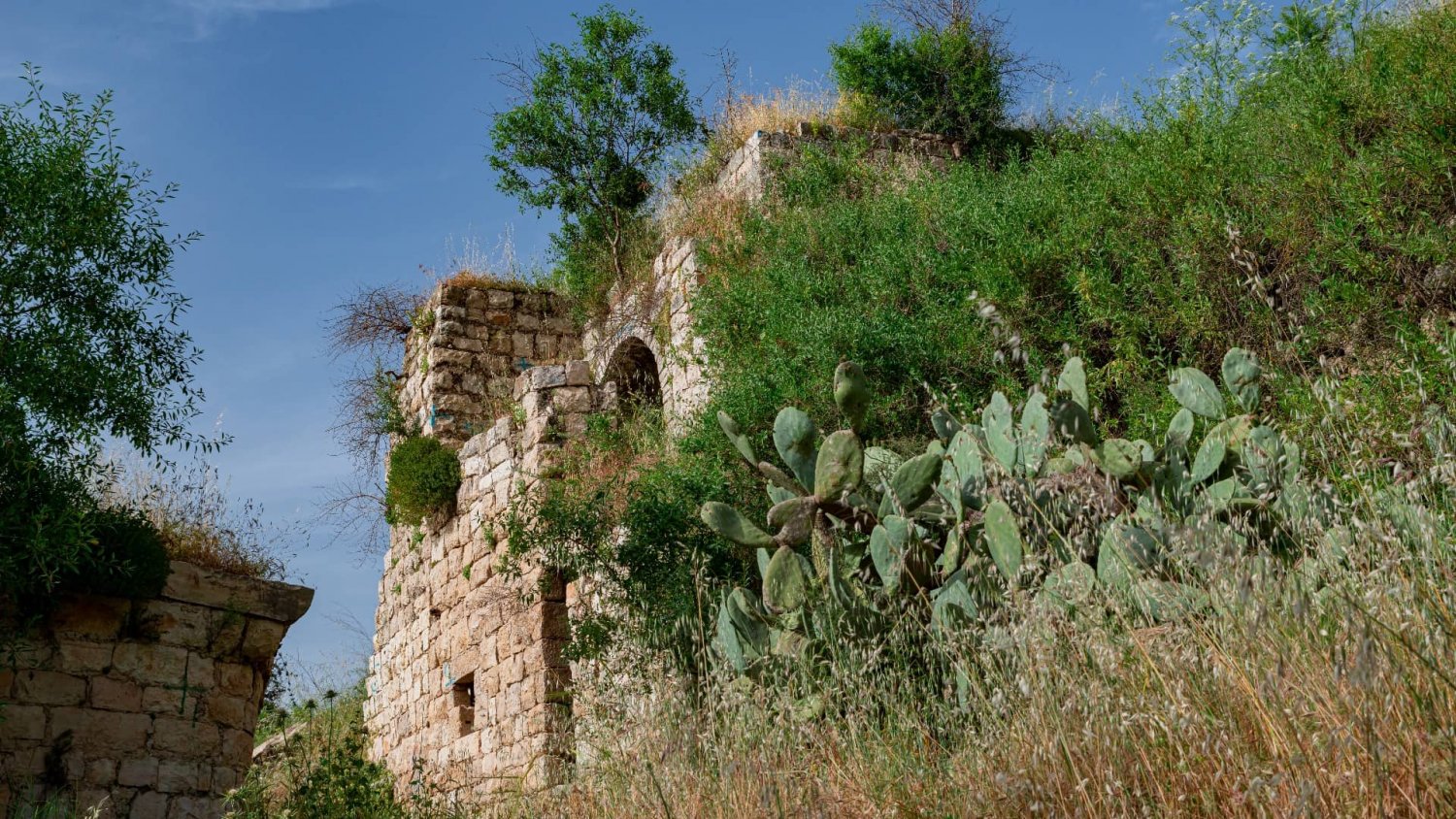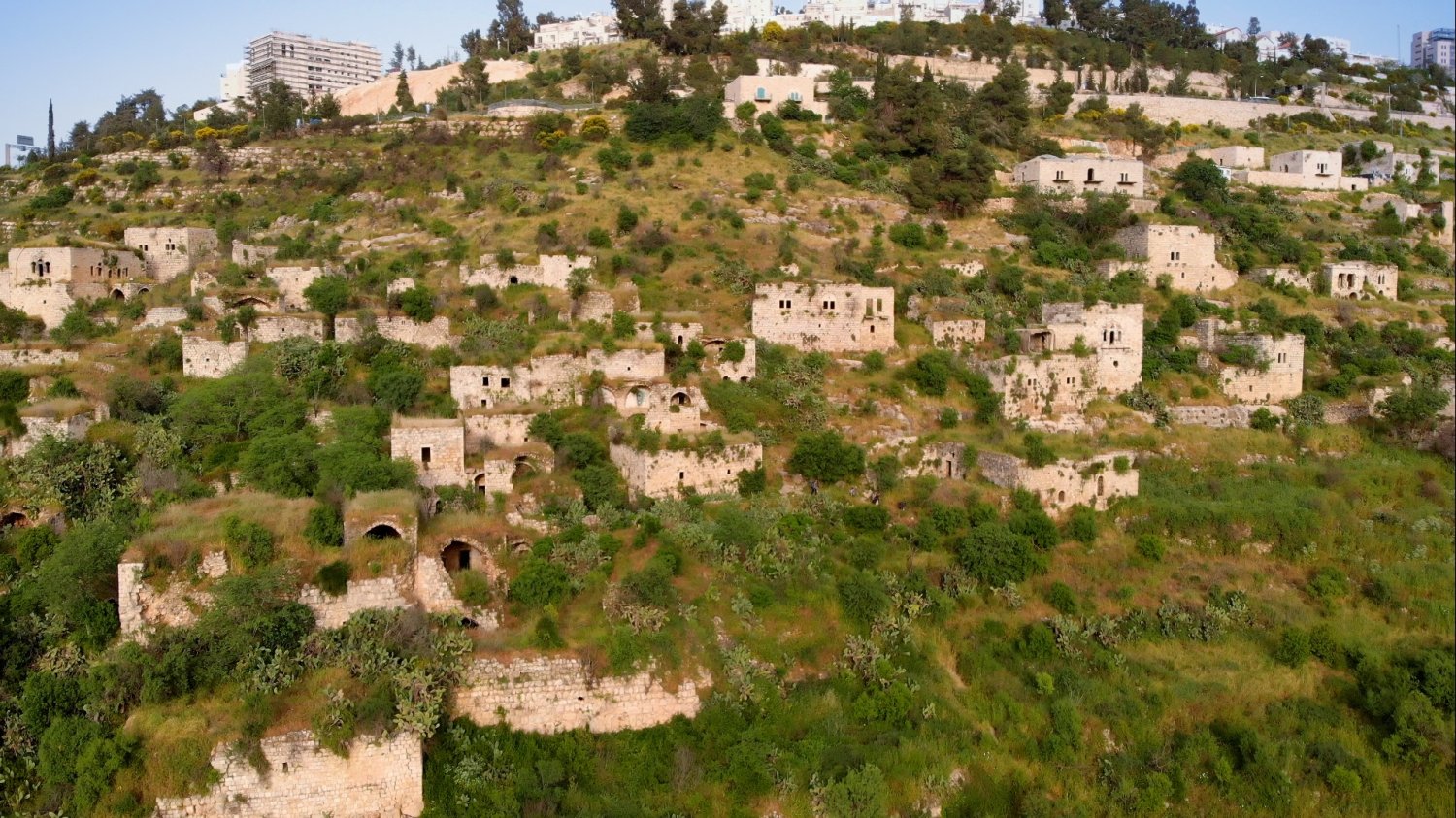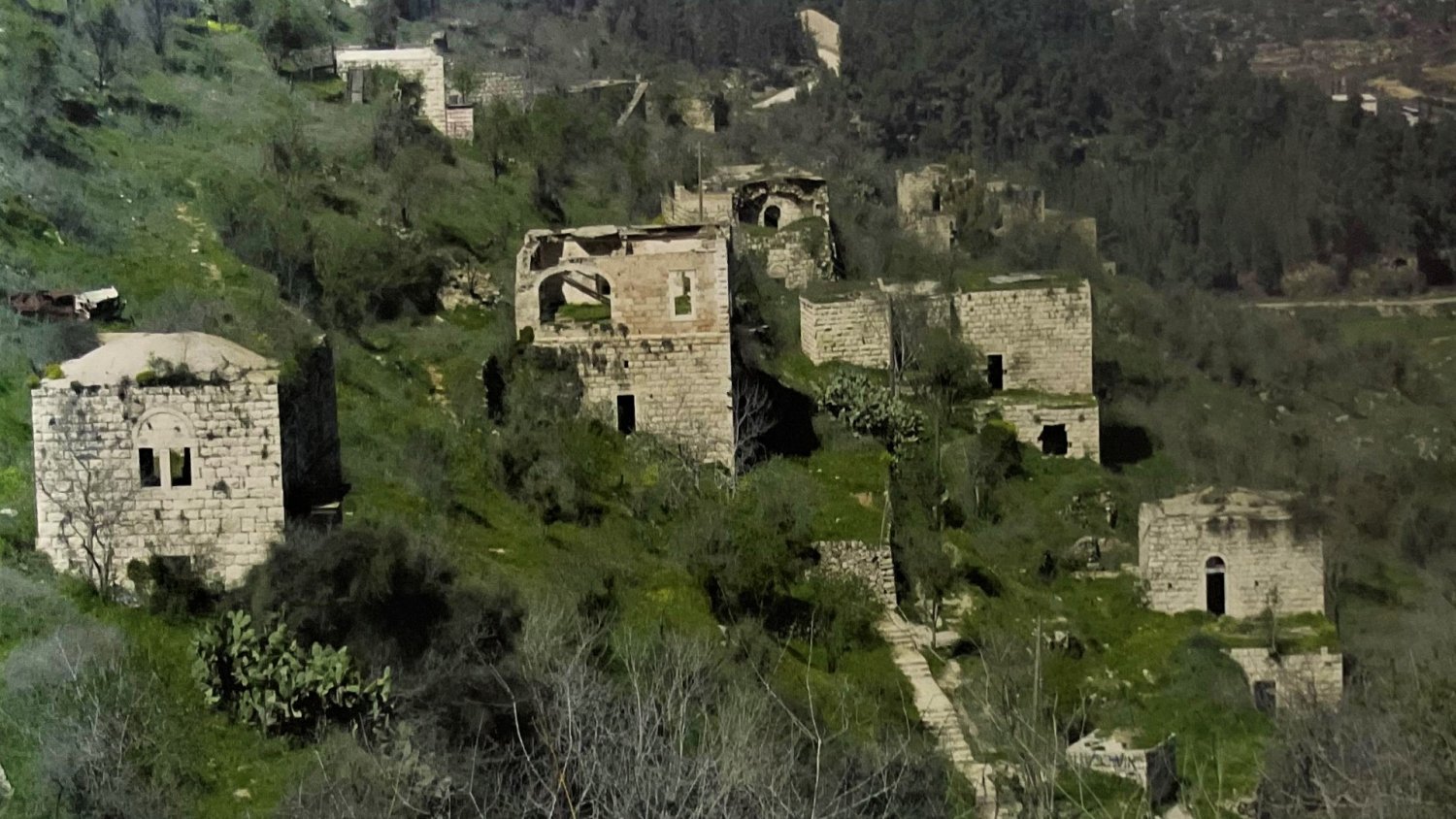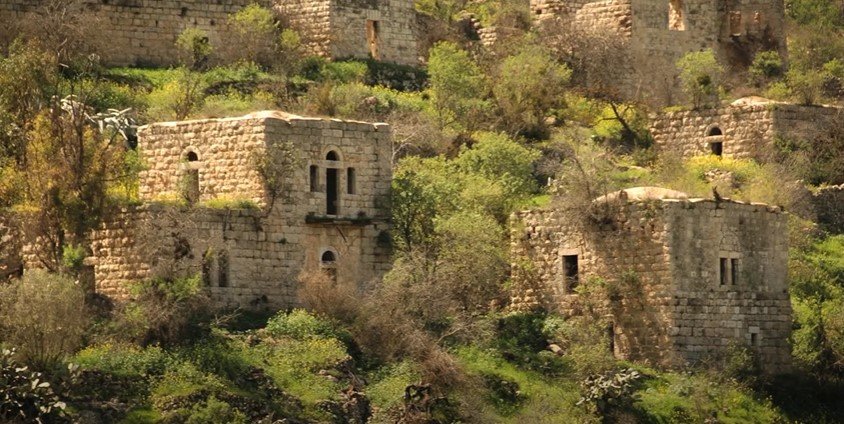Professor Nazmi Jubeh’s recent book, Lifta: Register of a People, History, Cultural Heritage, and Struggle, published in Arabic by the Institute for Palestine Studies (2020), documents the history, archeology, architecture, and environment of Lifta as a microcosm of Palestine pre-1948 and the current efforts by its people to preserve it as a site of future return.
Before Israel was established in 1948, Lifta was one of the largest Palestinian villages in the Jerusalem area. In fact, it was about four times larger than the village of Deir Yasin, the site of a massacre that triggered mass panic and flight in April 1948.1 Lifta was depopulated in early 1948, following attacks by the Haganah, Irgun, and Lehi beginning in late 1947. Those who survived the 1948 War did so either by chance or by a miracle, Jubeh notes.
The Importance of Documentation
“It was critical to document this displaced village and evoke its cultural makeup before it is too late,” Jubeh asserts in the foreword of the book. “This is not only a story of the Liftawis [the people of Lifta who were displaced in 1948] but of the nation at large.”
Jubeh is a professor of history and archeology at Birzeit University. He was the director of the Museum for Islamic Art at the al-Aqsa Mosque and the codirector of Riwaq—Centre for Architectural Conservation, a Palestinian organization for the preservation of Palestinian architectural heritage, particularly rural heritage. Currently he works as the director of the Birzeit University Museum. Jubeh is known for his expertise on Jerusalem and Hebron in general and the holy sites in particular.
Jubeh opens the book with a historic background about the village, which stands at the western entrance of Jerusalem. The site is likely to be identified with the waters of Nephtoah, mentioned in the Old Testament (in Joshua 18), and it has archeological remains that go back to the Second Iron Age.
By the mid-1930s, Lifta had become a hub of construction activity, linking it with the city, and was on its way to becoming a real estate attraction. According to Walid Khalidi, “The village was in effect a suburb of the city of Jerusalem, and its economic ties with the city were strong. The farmers of Lifta marketed their produce in Jerusalem and took advantage of the city’s services.”2
Register of a People, History, Cultural Heritage, and Struggle
Through a rich collection of photos (including scenery images, portraits, and maps of the village across the years), Jubeh describes the village and the life that existed in it. He looks into architectural elements and decorative details as illustrated in the houses that Palestinians lived in, such as stonework, engravings, doorways, windows, and different styles of homes—much of which shed light on the agricultural life as well as industrial changes that followed.
When compared to other Palestinian villages, Jubeh explains, Lifta stands out for its architectural importance, urban planning, waterworks, and vegetation. Perhaps more important about the village was its strategic location (by the northwestern Jerusalem neighborhood of Romema, formerly a wealthy mixed Arab-Jewish neighborhood at the main entrance to the city), as it stood abreast of the Jerusalem/Jaffa (Tel Aviv) road.
The second part of the book features essays by Rana Barakat, assistant professor of history at Birzeit University; Khaldun Bshara, architect and specialist in the conservation of heritage sites; and Yacoub Odeh, chairman of the Commission for the Protection of the Cultural Heritage of the Depopulated Village of Lifta. The three contributions relay cultural, architectural, and personal details of Lifta.
Jubeh acknowledges the vital assistance of Yacoub Odeh, himself a Liftawi born in 1940, in writing the book. Like almost 3,000 Palestinians living in Lifta, Odeh and his family were expelled during the 1948 War.3He was eight years old when he and his family suddenly lost everything they had and found themselves turned into refugees. A prominent activist today, Odeh has not been silent on issues pertaining to Lifta. He has formed several coalitions as well as spoken extensively to international groups about the injustice his village and its people have endured. He vividly recalls the gardens, olive groves, and childhood memories from his village, and he asserts that he will never forget or forgive the destruction of their homes.
Plans for Commercialization
Lifta is unusual in the Palestinian landscape insofar as it was not destroyed by Zionist forces or planted over with vegetation to hide its remains. To see this abandoned, haunted shell of a village today and to imagine it as the bustling, thriving village it once was brings tears to the eyes, Jubeh observes.
The book describes the different Israeli plans (such as plans 6036, 6885, and 6576) for the village. Israel’s plans for the village site changed over time. In the 1950s, there was discussion about destroying it completely. By the 1980s, Israeli authorities were considering whether to restore it, and two decades later a plan was floated to turn it into a residential area for Israeli settlers. More recently, the Israeli Land Authority announced that it would permit real estate development companies to establish hotels, luxury apartments, and shopping centers on the village site as part of an envisioned elite villa neighborhood whose construction would profoundly disturb, indeed destroy, the pristine preserved cultural landscape and its ecosystem, the only such surviving remnant of an agricultural way of life that flourished for thousands of years but has now been extinguished.
Many of Lifta’s former residents, however, still live nearby in Jerusalem and Ramallah, and they have been waging long legal battles to save and preserve their village as a site for return. Specifically, the Save Lifta Coalition filed objections to these plans at the Jerusalem District Court. They also managed to place the case on the World Monuments Watch list of endangered heritage sites in 2018.
In 2021, however, the Israeli Land Authority welcomed bids on tenders for real estate projects. As recently as 2016, the Israeli authorities demolished the home of Mukhtar Ismail Najjar. One wonders whether Lifta will become the last Palestinian village that gets destroyed in an ongoing process that began in 1947.4
“We Would Imagine What Life in the Village Was Like”
In reviewing this book, we got the chance to speak with the young Palestinian architect Aya Tahhan, who works at Riwaq. Tahhan has worked on several design projects, surveilled maps, and drafted maps of historic fabrics in different Palestinian towns and villages, and she was part of the team of architects who worked on the village of Lifta.
Tahhan shares:
We went to each and every one of the houses in Lifta. We manually measured, drew, and took photographs of all of them and then digitized and documented them into the computer. We then also reviewed the documents pertaining to property rights. As we [the architects] carried those plans and documents in our hands, we were privileged to have Yacoub Odeh (Abu Nasser) with us. He walked along with us and told us about each of the houses; sharing critical information about who lived in them, and what the rooms were like . . . We established such a strong relationship with this village, to the point that we felt as if we had been Lifta residents ourselves . . . We would imagine what life in the village was like prior to the depopulation of its people.5
Tahhan asserts that the book on Lifta has vital importance: It provides crucial documentation of this abandoned village, and its illustrations, images, maps, economic analyses, and oral history attest to the history of the Palestinian families who lived in this place. They lost their homes and are witnessing the ongoing development of state plans that aim to erase all traces of the Palestinian village that once existed on that site, she notes. “This book, written by us and for us, tells us the story not only of Lifta—but of a broader history of similar Palestinian villages that were erased.”
Lifta Today
Today, the village has become like an open-air museum that provides a glimpse of a Palestinian village as it existed before it was depopulated. The houses, mosque, graveyard, olive groves, and other remaining details make it possible for viewers to see that it was once a thriving hub of life that could only be hollowed out and abandoned by military force.
This book, available for purchase here, reminds us of what was lost but also of the tenacious struggle of people to reclaim their patrimony.
In the video below, Yacoub Odeh gives a tour of his village in 2019.
Notes
The population data from 1944/45 show that Lifta had 2550 residents while Deir Yasin had 610. Walid Khalidi, ed., All That Remains: The Palestinian Villages Occupied and Depopulated by Israel in 1948 (1992; repr., Washington, DC: Institute for Palestine Studies, 2015), 289, 301.
Khalidi, All That Remains, 301.
Nada AlTaher and Juman Jarallah, “The Fight for Lifta: The Last Palestinian Village Standing in Israel,” The National, June 24, 2021
AlTaher and Jarallah, “The Fight for Lifta.”
Interview with the author, Jerusalem, January 15, 2022.

